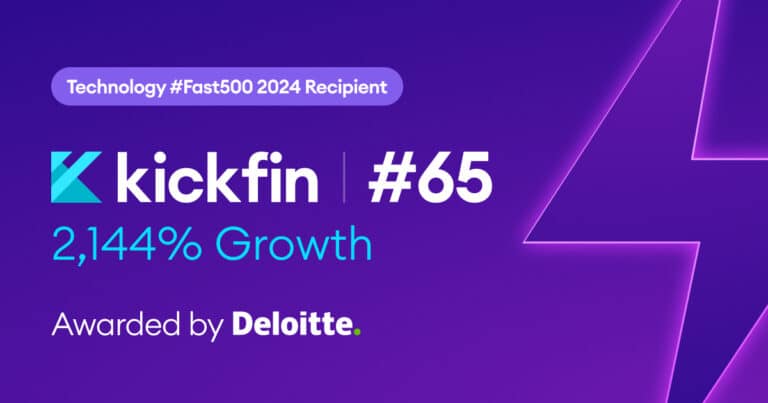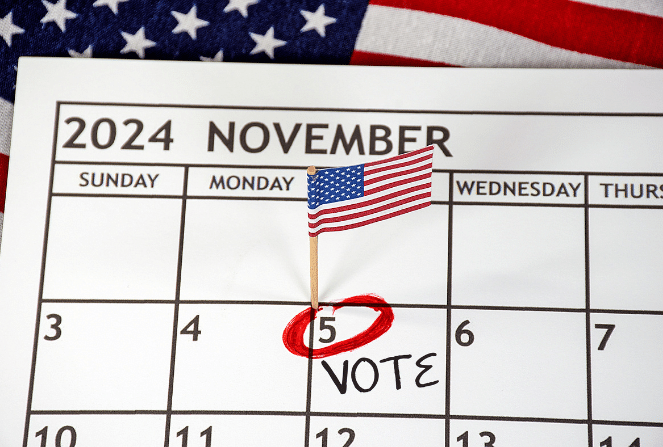The hospitality industry is in a constant state of flux these days. Restaurateurs have made swift and substantial shifts to protect their people and patrons due to Covid-19, and many are ready to return to some semblance of normalcy. But some changes should become permanent solutions.
If your restaurant has gone cashless due to the pandemic, that’s one shift you should strongly consider sticking with, long-term. And if you haven’t yet made the switch, there’s no time like the present. Right now, your customers are happy that you’re simply reopening; they’ll be more willing to accept changes — like no cash — in these initial stages.
Covid-19 has certainly provided new and compelling reasons for restaurants to go cashless, but it’s a trend that’s been growing for years. We asked Roger Kaplan of RK Innovation to share his insights on why now’s the time for restaurants to move away from cash and fully embrace digital payments.
What did cash flow look like in a typical restaurant, pre-pandemic?
Roger: The old saying “work for the cash” or “a restaurant is a cash business” just isn’t accurate. Even before Covid-19, the majority of restaurants had cash revenues that represented less than 10-15% of total revenues; at high-end restaurants, that number was closer to 5%.
In light of the pandemic and all of its implications — more off-premise sales and higher demand for contactless payments — credit card and digital transactions are continuing to increase.
What’s the problem with cash in restaurants?
Roger: Pandemic aside, our industry (and really, the world) has been moving toward
cashless, contactless payments for years. Cash, simply put, is hard work.
As noted above, cash now represents an incredibly small portion of most restaurants’ revenues, yet it requires an inordinate amount of time and headache.
There are bank runs to make and safes to hassle with. Cash tips require counting, recounting, and distribution — and they lead to inevitable tip disputes. Cash reporting is a pain, creating accounting nightmares and tax issues. There are bar bank blind checkouts and separate banks for bartenders. And of course, everyone’s aware of the inherent liabilities for theft and skimming when there’s a lot of cash floating around.
How has Covid-19 exacerbated the cash problem?
Roger: Not only does cash carry germs, but it creates more opportunities for person-to-person transmission when you think about all of the interactions cash requires customers exchanging cash with employees; managers tipping out employees; managers running to the bank; etc.
Plus, restaurants now have to manage an entirely different set of guest expectations and demands. Reopening during a pandemic requires new processes and workflows to ensure proper sanitation. In fact, if you want your customers to feel confident about returning to your restaurant, this has become as important as good food and quality service. It’s now a leading focus for hospitality workers, with the ultimate goal of keeping guests safe and comfortable as they return to restaurants.
But all of that takes time, labor, and financial commitment — and managers were already short on time and resources before the pandemic. Minimizing cash-related administrative tasks and bank runs is more important than it’s ever been. Cash elimination frees up valuable time that will allow managers to be out on the floor talking to guests, training staff, and generally ensuring that the “new normal” is running smoothly and to your standards.
What are the benefits of going cashless?
Roger: As stated above, when you remove cash from a manager’s work requirement and out of the operation, you gain an incredible amount of time to focus on your main purpose in a restaurant: sales, hospitality, operational execution, growth, and new business development.
That is: the parts of the restaurant business that managers want (and were hired) to do. No one hires a restaurant leader because they’re the best at cash handling.
How can a restaurant make a seamless shift to digital payments?
When it comes to customers, communication is key. If you’re just now making the switch to cashless, make sure your customers are aware of the change before they even step through the door. Consider making a note on your website, digital menu, and social media profiles, as well as adding visible signage to your restaurant.
Remember, this doesn’t have to be a change that happens overnight. It’s not a bad idea to ensure you still have the capacity to handle cash, at least for the short term, so that your patrons aren’t caught off-guard or unprepared.
Note: Roger has provided a sample statement for communicating the change to customers. “Due to Covid-19, in order to protect our guests and our employees, we are currently not accepting cash at this time. We thank you for your understanding and supporting our efforts to ensure everyone is safe.”
What about restaurants that still distribute cash tips to employees?
Roger: When it comes to distributing tips to your employees, you have two real options. Tipping out on payroll is one way to go, but that can become a huge problem for your people if they’re accustomed to getting daily, instant cash tip outs; waiting days or weeks for their earnings may not be reasonable. And with restaurant workers just coming back to work, receiving daily tips is paramount to their survival.
The better option is an instant, digital payment platform. Kickfin allows restaurants to tip out their employees in real time. Earnings go directly into employees’ accounts, the second their shift ends.
That makes life easier for restaurant owners and managers, but it’s also a great way to retain your people. If you’re going to pay me directly to my bank account after every shift — and your competitors aren’t — I’m going to be more likely to work for your restaurant (and stick around).





